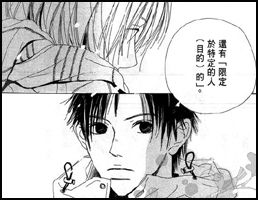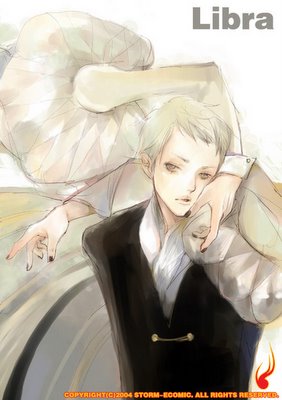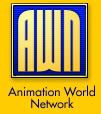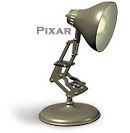Animators Unearthed: Never like the First Time! by Jonas Odell
Chris Robinson excavates Jonas Odell’s Never Like the First Time! and discovers the first sexual experiences of four people in this month’s “Animators Unearthed.”
April 03, 2006
By Chris Robinson
I was 15 when I lost my virginity. My partner in the meat dance was Sheri Gagnon, a girl from the nearby Uplands air force base.
The first attempt failed. We were upstairs at my friend, Steve Leggett’s house. I couldn’t cope with the pressure of knowing other guys were around. The turtle, so to speak, wouldn’t come out of his shell. Meat dance aborted.
The second attempt was at the comfortable confines of my parent’s place. Mom and Pops were at work during the day, leaving me plenty of time to do the dirty deed comfortably and calmly.
Being self-conscious about my body, we got undressed in the slightly darkened room. I don’t remember much else. We probably kissed. I bet she gave me a blowjob cause she gave me lots of them. Beyond that I just remember flopping down on her. After struggling to find my way in, Sheri eventually grabbed hold of my cock and guided it home. Then I just lay there. Seriously. I figured it was like an amusement park ride or a pinball machine. You drop your quarter in and stuff happens.
Well, that’s about it. After about 4-5 minutes of lying atop Sheri, we agreed that was enough.

Never Like the First Time!, the latest film by Swedish animator extraordinaire Jonas Odell, re-creates the first sexual experiences of four people. While the first two stories convey relatively common sexual initiation experiences (man gets laid at a party, woman recounts the slow, sensual build up to the eventual let down of the big moment), the last two are at once shocking, sad, beautiful and poignant. In the third segment, told using only black-and-white with rotoscope, a woman suggests that her first time might have been when she blacked out and was possibly raped at a strange man’s house. However, she’s not even sure. She just remembers waking up naked, feeling sore all over. In the film’s final episode, an elderly man recounts his first time. As Odell recreates the man’s vivid memories with a collage of cut-out images taken from vintage advertisements, the man’s voice become increasingly excited and passionate. His words carry him deeper into his memories and to a happier time and place that he had temporarily lost, but clearly not forgotten. In that single moment, the man rediscovers life’s beauty and simplicity.
“The idea for the film,” explains Odell, “came after having made Family and Friends. I thought it was interesting to do that kind of episodic film, where you put several stories on the same subject next to each other. I had the idea that I wanted to let several people tell their story of the same event in their lives, and put these stories next to each other. I think there is something really interesting about putting several stories on the same subject next to each other. You get a result that is more than just the sum of the different parts.”
Odell considered different ideas for the subject of the film, but came back to first sexual experiences “because it is that kind of experience that is sort of a milestone in people’s lives (at least until they’ve done it). Between August and October 2002, Odell’s colleague, Benjamin Wolff, conducted 30 interviews with an assortment of friends and strangers. “I listened to the interviews,” says Odell, “and tried to find a way to tell each story on film, and then had him go back to a number of the people asking questions that were in line with what I had in mind for each story. I then edited the interviews. Each was about 1-2 hours and I edited them down to 3.5 minutes. This was the most interesting part of the process, seeing I haven’t worked with documentary material before. It was a challenge to build a narrative in the edit, and still be true to what I felt they were trying to say.”
As the viewer becomes comfortably and cheerfully settled after the first two light-hearted tales, Odell suddenly jolts us with a dark story of abuse. While the decision to include this somber episode came out of a desire to have a range of different experiences, Odell says that this experience was, surprisingly, not a unique story. “Too many people have had similar experiences,” notes Odell.
The segment also stands out because of the calm, subdued manner in which the woman recounts her story. As she struggles to clearly remember the experience, her controlled and matter-of-fact voice gives the segment an almost comic tone of bewilderment. By the end of the story, she’s not even sure if she did lose her virginity on that alcohol-drenched evening.
“I worked a lot with the tone of that segment to get a balance between taking it seriously as a very dark experience, but still not using it for dramatic effect, but trying to tell the story in a way that reflects her own way of telling the story,” adds Odell. “I think it was important to include this story, and in a way the film is structured around it, leading the viewer down into this darkness and then up into the light again.”
For the film’s touching and spiritual finale, Odell selected the story of a 92-year-old man. “I really wanted to include his story,” says Odell. “He was the only one out of the 30 people interviewed that was totally positive towards the experience of the first time. He turned 95 a few weeks ago, by the way.”
While many animators of late have been drawn to using actual interviews, this is the first time that Odell has worked with documentary material. Odell was excited by the challenges of using a documentary soundtrack: “You have in one sense to think like a writer when you are editing the material, and on the other hand I felt it was important to let them say what I imagined they wanted to say with their stories, and to be true their way of telling the story, even if only three minutes out of a two-hour interview made it into the film.”
As might be expected with a film by Odell, the film uses a rich array of mixed-media techniques that enhance and complement each story. Music, always a strong point in Odell’s films, never overstays its welcome; instead, like a comfortable old friend, the sounds seamlessly harmonizes with the tone and pace of the each speaker.
One thing bothers me about this little piece of tale. What about Odell? Where’s his story? I told Odell that since I had divulged the awesome details of my first fuck it was only fair that he did the same. But Odell wouldn’t fess up. All I could get out him was that “it was a very matter-of-fact thing in a tent....”
Chris Robinson has been with the Ottawa International Animation Festival since 1991. A noted animation critic, curator and historian, he has become a leading expert on Canadian and international independent animation. His acclaimed OIAF programming has been regarded as both thoughtful and provocative. In May 2004, Robinson was the recipient of the President’s Award given by the New York chapter of animators for contributions to the promotion of independent animation.
His books include Between Genius and Utter Illiteracy: A Story of Estonian Animation, Ottawa Senators: Great Stories from the NHL’s First Dynasty, Unsung Heroes of Animation, Great Left Wingers and Stole This From a Hockey Card: A Philosophy of Hockey, Doug Harvey, Identity & Booze.
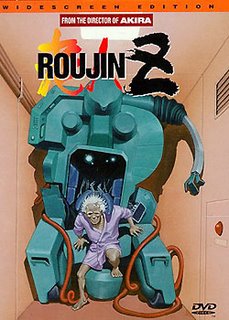
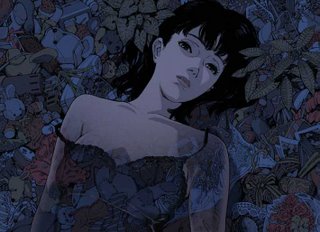
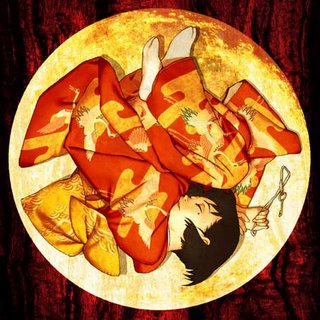
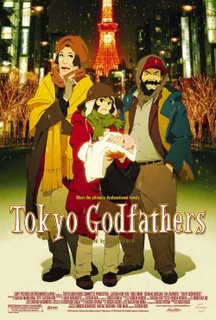

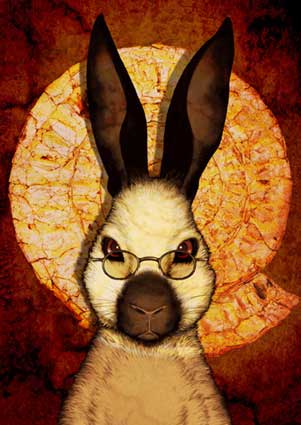
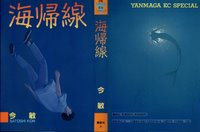

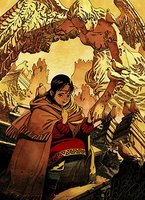
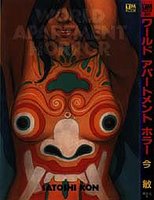
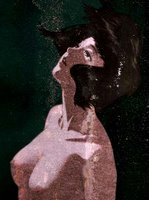
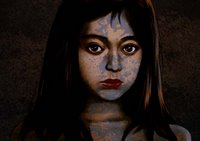
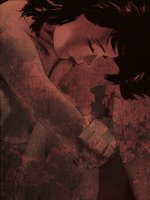

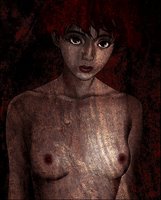
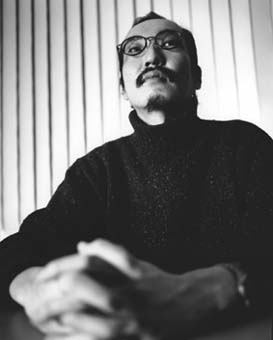













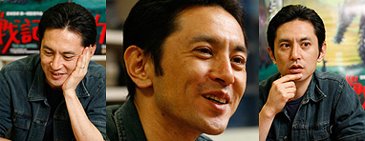


 Never Like the First Time!, the latest film by Swedish animator extraordinaire Jonas Odell, re-creates the first sexual experiences of four people. While the first two stories convey relatively common sexual initiation experiences (man gets laid at a party, woman recounts the slow, sensual build up to the eventual let down of the big moment), the last two are at once shocking, sad, beautiful and poignant. In the third segment, told using only black-and-white with rotoscope, a woman suggests that her first time might have been when she blacked out and was possibly raped at a strange man’s house. However, she’s not even sure. She just remembers waking up naked, feeling sore all over. In the film’s final episode, an elderly man recounts his first time. As Odell recreates the man’s vivid memories with a collage of cut-out images taken from vintage advertisements, the man’s voice become increasingly excited and passionate. His words carry him deeper into his memories and to a happier time and place that he had temporarily lost, but clearly not forgotten. In that single moment, the man rediscovers life’s beauty and simplicity.
Never Like the First Time!, the latest film by Swedish animator extraordinaire Jonas Odell, re-creates the first sexual experiences of four people. While the first two stories convey relatively common sexual initiation experiences (man gets laid at a party, woman recounts the slow, sensual build up to the eventual let down of the big moment), the last two are at once shocking, sad, beautiful and poignant. In the third segment, told using only black-and-white with rotoscope, a woman suggests that her first time might have been when she blacked out and was possibly raped at a strange man’s house. However, she’s not even sure. She just remembers waking up naked, feeling sore all over. In the film’s final episode, an elderly man recounts his first time. As Odell recreates the man’s vivid memories with a collage of cut-out images taken from vintage advertisements, the man’s voice become increasingly excited and passionate. His words carry him deeper into his memories and to a happier time and place that he had temporarily lost, but clearly not forgotten. In that single moment, the man rediscovers life’s beauty and simplicity.









